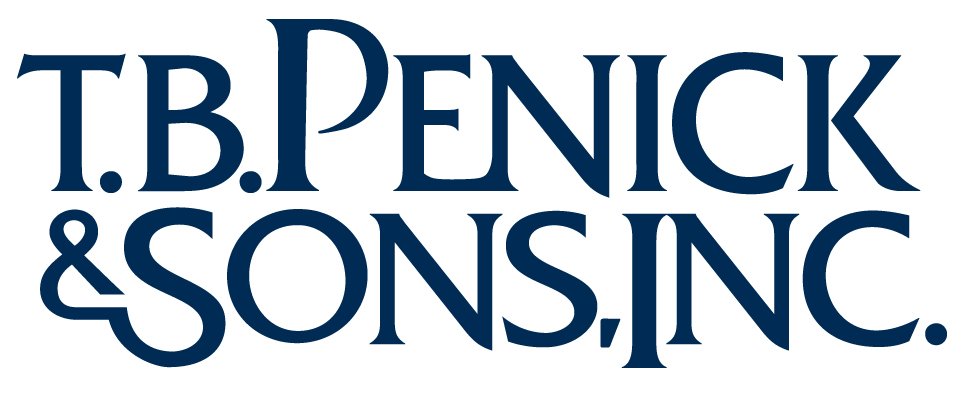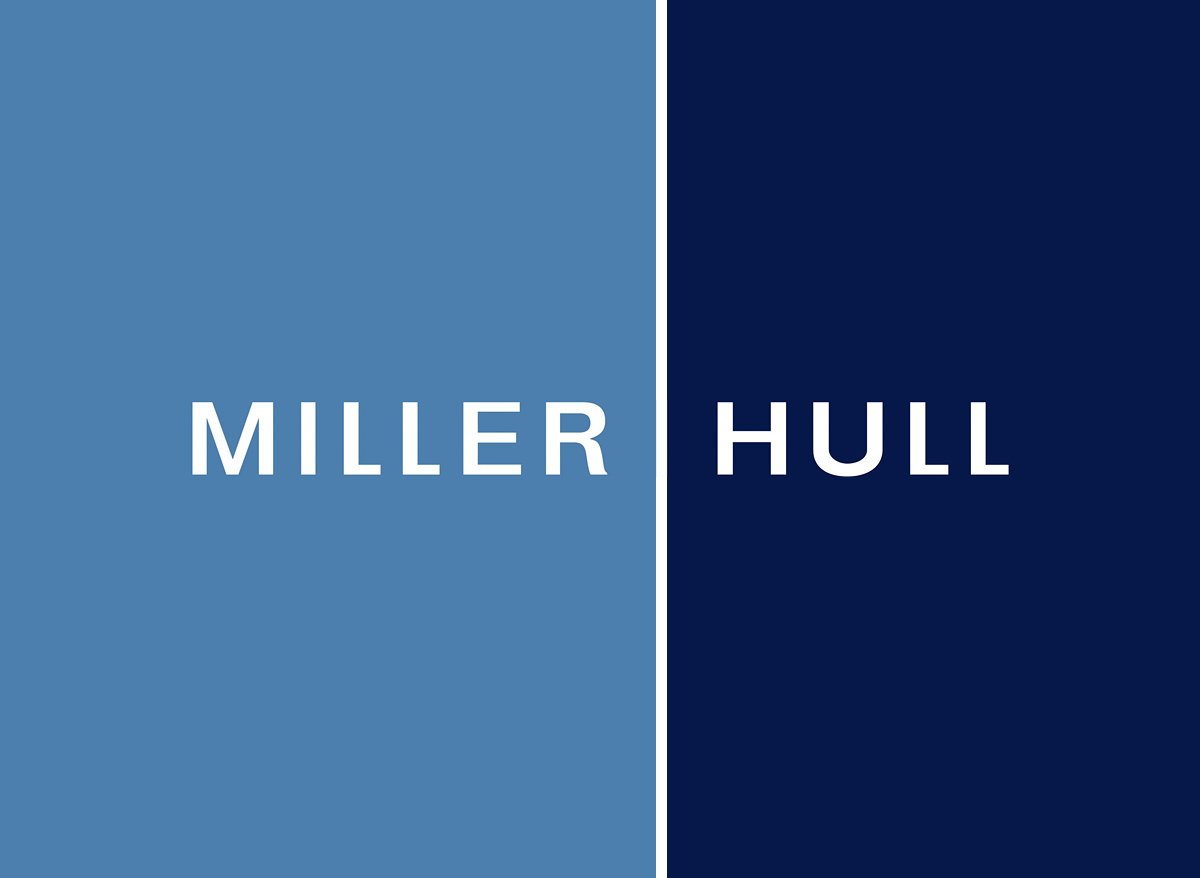An ANFA Conference like no other.
Eight Keynote teams, handpicked from prestigious research labs and design firms worldwide, will present cutting-edge research findings and share insights on the future of neuro architecture. Join us and redefine the future of the built environment.
ANFA started out in 2003 as the Legacy Project of the AIA National Convention in San Diego. Today, the Academy of Neuroscience for Architecture (ANFA) has a global reach and is a collaboration between architects and scientists that aims to develop and encourage research toward better, evidence-based building.
This year's conference departs from the norm. With your help, we are inviting teams of investigators from top design and research labs around the world, asking them to share the most exciting neuro-scientifically informed aspects of their projects, and what they see as next on the horizon. There will be:
Eight team keynotes with discussion time
Multiple paper sessions
Continuous poster sessions throughout the conference.
We expect keynote team presentations on such topics as the emotive and psychological effects of lighting, acoustics, and atmosphere, on new theoretical and empirical results in wayfinding and navigation, on sensor-based studies of behavior in architectural contexts, on legibility, and the impact of design on health and well-being, such as designing for Alzheimer’s Disease and dementia. We anticipate hearing new theoretical models, simulations, and concrete results that designers can put to use. An early team we have accepted is being organized Vittorio Gallese on the neuroscience of physical and social affordances. Paper and poster topics are unconstrained, though again they should present findings of what science can do to inform design. Presenters will have a chance to speak with conference attendees both within session and during networking periods.
Also unique to the conference this year is a free half day technical session presented by sensor makers who will provide a ‘how to’ on the use of new low-cost technologies to study behavior in place. As always, we have a visit scheduled to watch the sunset at the Salk Institute.
Earn Up To 16 HSW learning units for attendance.

























